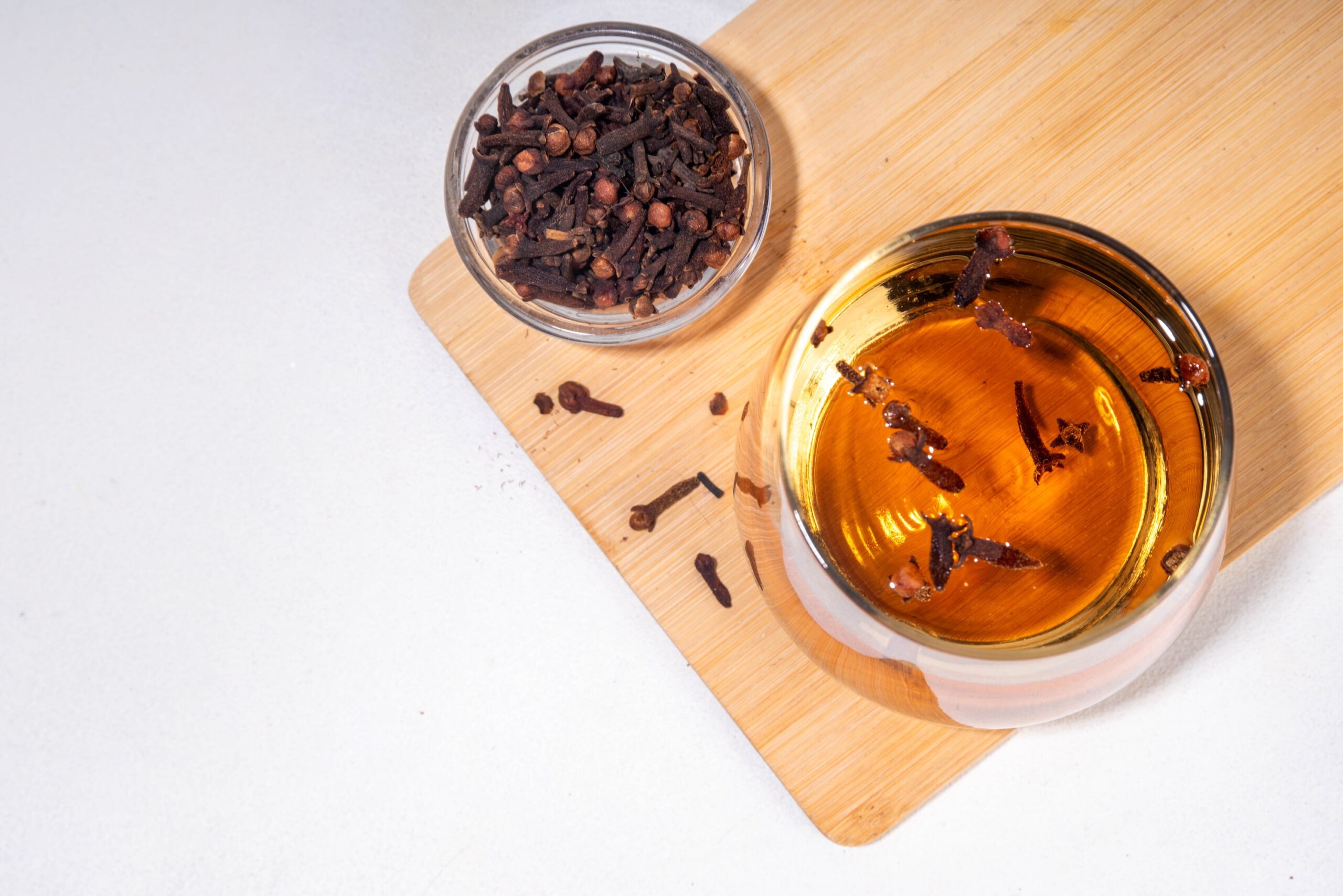What you’ll learn:
- Use of Ozempic® can cause injection site reactions like redness, itching, or swelling.
- Injection site reactions are common, affecting up to 50% of users, but they are usually mild and diminish as you become used to the medication.
- Rotating injection sites, using proper injection techniques, and keeping the area clean can help prevent and manage these reactions.
You’ve probably heard of Ozempic®. Originally developed to treat diabetes, it has gained fame in recent years for its off-label use as a weight loss aid. While it is safe for both of these purposes, it may cause unique side effects, such as injection site reactions.
While injecting Ozempic® with a pre-filled pen is straightforward and generally causes only minimal discomfort, some people have reactions to the method. These typically include redness, itching, or swelling.
The good news? These are usually mild and often fade as you get used to the medication and learn the best ways to administer it. And rest assured, this is a common experience for many! Up to 50% of people using injectable GLP-1 medications, like Ozempic®, experience similar things. So, take a deep breath, and let’s talk about what to do if you’re currently experiencing an injection site reaction and how to prevent a reaction if you haven’t yet started taking Ozempic®.
If you qualify for Noom Med, you’ll be connected with a qualified clinician who will help you find the right weight loss medication. They also help you learn to use the medication safely and manage any side effects that could come along with it.
Understanding Ozempic® injection site reactions
Knowing what to expect when using Ozempic® can help you manage your treatment more effectively. Let’s address some common questions about injection site reactions:
How is Ozempic® taken?
Ozempic® is taken as a weekly injection. It comes in a preloaded injection pen that is self-administered at home. The pen has a very small needle that injects the medication just under the skin, so it is not injected into a muscle or vein. You will inject in your stomach, thigh, or upper arm. The injection might be slightly uncomfortable but it is not painful for most people.
What are the typical symptoms of Ozempic® injection site reactions?
As we mentioned, about half of the people who use Ozempic® get some kind of reaction to the injection. While usually mild and temporary, they can cause some discomfort. Here’s a breakdown of the most common symptoms:
- Redness: The skin around the injection site may appear pink or red, similar to a minor rash or irritation.
- Swelling: You might notice a slight bump or raised area where you injected the medication. This can feel tender or warm to the touch.
- Itching: A persistent itch or tingling sensation can occur at the injection site, causing some annoyance.
- Mild pain: Some people experience a dull ache or mild pain when pressing on the injection site.
In rare cases, you also might experience:
- Bruising: A small bruise might appear at the injection site due to minor blood vessel damage.
- A lump under the skin: A small, firm lump might develop under the skin, but this is usually harmless and will likely resolve on its own.
If you are experiencing any severe or persistent reactions, or if you have any concerns about your injection site, it’s always best to consult your doctor for guidance.
What causes Ozempic® injection site reactions?
Injection site reactions are typically caused by your immune system reacting to the needle or to the medication being injected.
Are certain body areas more prone to injection site reactions?
Some people might find the stomach more prone to mild irritation, while others will experience no issues at all. Pay attention to your body’s unique response and rotate injection sites to minimize any discomfort. Some people keep a log of where they’ve injected so they don’t repeat in the same area too soon. Remember, the goal is to find the most comfortable and effective injection sites for you, so don’t hesitate to experiment and see what works best.
Why do I need to rotate injection sites?
Rotating injection sites helps prevent a buildup of fatty tissue under the skin that can affect how your body absorbs the medication. Use a different area each time you inject. This practice can also help reduce the risk of skin irritation at injection sites. Again, keeping track of your injection sites can help ensure you’re rotating effectively.
How long do Ozempic® injection site reactions typically last?
In most cases, injection site reactions are short-lived and resolve within a few days. If any reactions persist beyond a week or become more severe, it’s important to consult your healthcare provider to rule out any other underlying issues.
Preventing and managing Ozempic® skin reactions
Managing Ozempic® skin reactions can help make your treatment more comfortable. Here are some common questions and helpful tips:
How can I prevent injection site reactions?
Minimizing the risk of injection site reactions is all about being proactive and consistent with your injection routine. Here are some tips to help you achieve a smoother Ozempic® experience:
- Rotate injection sites: Again, this is the golden rule! Avoid injecting in the same spot repeatedly. This will give each site a chance to rest and heal.
- Warm up your medication: Take your Ozempic® pen out of the refrigerator about 30 minutes before your injection. Room-temperature medication is less likely to cause discomfort and reduces the likelihood of developing a reaction.
- Practice proper injection technique: Inject the medication under the skin at a 90-degree angle. Don’t rush the process—take your time and inject slowly. Your doctor can show you how to properly inject the medication, and the Ozempic® website has helpful instructions and videos.
- Always use a new needle: Reusing needles can increase the risk of irritation and infection.
- Note: Use a designated sharps container to ensure safety and proper disposal. These are usually available at pharmacies or medical supply stores. Check local regulations for needle disposal and consider contacting local health departments for disposal programs or drop-off locations.
- Clean the injection site: Use an alcohol wipe to clean your chosen spot before each injection. Allow the area to dry completely before proceeding.
- Don’t rub the injection site: After injecting, avoid rubbing the area, as this can irritate the skin and potentially worsen any reaction.
- Talk to your healthcare provider: If you consistently experience injection site reactions, talk to your doctor. They may be able to recommend alternative techniques or medications.
By following these simple tips, you can significantly reduce the likelihood of injection site reactions and make your Ozempic® experience more comfortable.
What should I do if I’m experiencing a reaction?
If you are experiencing a mild injection site reaction, try these simple remedies:
- Use a cold compress: Apply a cold pack or ice wrapped in a cloth to the area for 10-15 minutes at a time. This can help reduce inflammation and soothe the skin.
- Take over-the-counter pain relievers: If you experience discomfort, consider taking an over-the-counter pain reliever like ibuprofen or acetaminophen as directed.
- Avoid scratching: Resist the urge to scratch the itchy area, as this can worsen irritation and potentially lead to infection.
While most injection site reactions are mild and resolve on their own, talk to your healthcare provider if:
- Symptoms persist for more than a week: If the reaction doesn’t improve after a few days, it’s best to seek professional advice.
- Symptoms worsen: If the reaction becomes more severe, painful, or spreads to a larger area, contact your doctor promptly.
- You develop signs of infection: Watch for redness that doesn’t go away, warmth, pus, or fever, as these could indicate an infection that requires treatment.
Take charge of your health with Noom
Understanding Ozempic® injection site reactions and knowing how to manage them can make a big difference in your weight loss journey. By following best practices like rotating injection sites, using proper technique, and staying alert to potential reactions, you can minimize discomfort and make your Ozempic® experience smoother.
Noom is your partner in achieving weight loss success with Ozempic®. If you’re considering Ozempic® or other GLP-1 medications, Noom Med will connect you with a licensed clinician who can assess your needs and determine the best medication for you. They’ll also help coordinate insurance coverage and provide comprehensive support to help you build healthy habits and reach your goals. If you’re already using Ozempic®, our GLP-1 Companion provides expert guidance and support to enhance your experience.
Let Noom be your trusted companion on your Ozempic® journey!
Note: Ozempic® is not FDA-approved to treat obesity or for weight loss.
Why you can trust us
At Noom, we’re committed to providing health information that’s grounded in reliable science and expert review. Our content is created with the support of qualified professionals and based on well-established research from trusted medical and scientific organizations. Learn more about the experts behind our content on our Health Expert Team page.




 Noom Team
Noom Team
 Meaghan Cameron
Meaghan Cameron


 Shoshana Fishbein
Shoshana Fishbein
